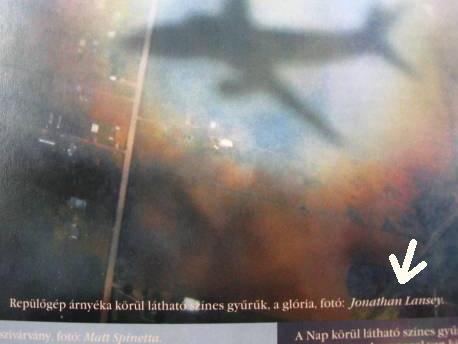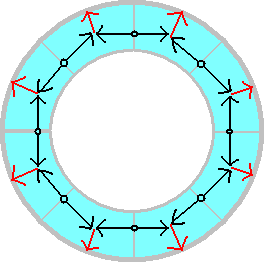



| Home |
| Pastimes |
| Talents |
| Photos |
| Publications |
| My Links |
| Publications |
|
Jonathan Lansey |
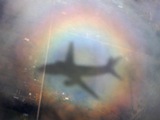




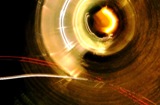 |
|
We noticed this out the plane window on our way to Tucson Arizona. Its called a Glory. Look for the shadow of your airplane and you just might get lucky and see it yourself. This photo of mine is published in the physics journal of the Roland Eotvos Physical Society of Budpaest). Its also on this site where the science behind this glory phenomenon is explained. The center of the glory is along a direct line between the sun and my eye, or at what is called the anti-solar point. To prove this look at the shadow, we sat right behind the wing on the right side of the plane. A neat optical illusion: as the plane rose, its shadow became smaller while the plane-bow covered the same angle (obvious reasons). Seeing the plane-bow stretch over the faraway clouds made it appear much much larger than it actually was. See this optical illusion for an explanation of why. This picture has been published in the physics journal of the Roland Eotvos Physical Society of Budpaest,
|
 This is a photo of the lunar eclipse we had some time ago. I didn't doctor up the picture but it really didn't look anywhere near this red in real life. I was pretty confused until I remembered that color vision is limited in low light. I googled "rods and cones" and found furthermore that "the rod sensitivity is shifted toward shorter wavelengths. " since rods are the ones that give you night vision, and red has a 'longer' wavelength, the moon did not appear very red to my eye. On the other hand, the camera was not effected in any way by the darkness so it had a 'truer' picture of the moon. It appears red for the same reason that sunsets are red. If you were on the moon, Earth would have a big sunset ring around it. |
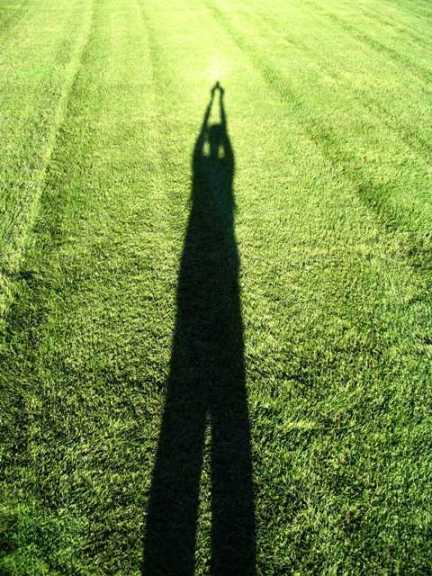
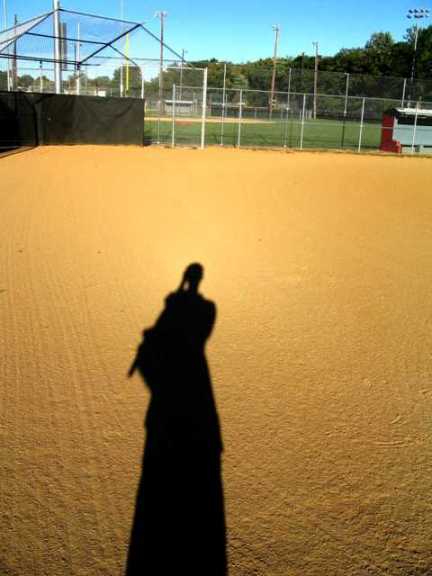
Notice the bright spot around the camera. This effect (named the
Opposition Effect) happens whenever you have a long shadow. The
degree depends heavily on the type of surface. Its neat how the bright
spot is centered around the camera lens (I am holding the camera above
my head in one picture). There is a nice explanation of this
effect
here. |
|
Description: 2003
It is worth noting that the bottle cracked before all the water inside froze. This is because the outside edges froze before the center. This centimeter thick layer of forming ice had the structural strength of an arch with outward force. An oversimplified horizontal slice is shown, the black arrows show ice expanding, the red arrows are the resulting force outward. They are not proper vectors, I'd need a limit to do that anyway (its out of the scope of this site. Ask me and I'll explain.)
|
|
Water being poured onto a hot hot plate. It was
amazing, the little droplets would bounce up and down like rubber balls
until they disappeared. |
 I took this picture at night with a long exposure. When the cars drove by I spun the camera on its tripod. I haven't gotten around to making the equation to graph this but it shouldn't be too hard to do in polar. If I hear some interest or encouragement, I'll do it. |


Always feel free to
e-mail me
comments and questions (both technical and not)
Copyright, © Jonathan Lansey




